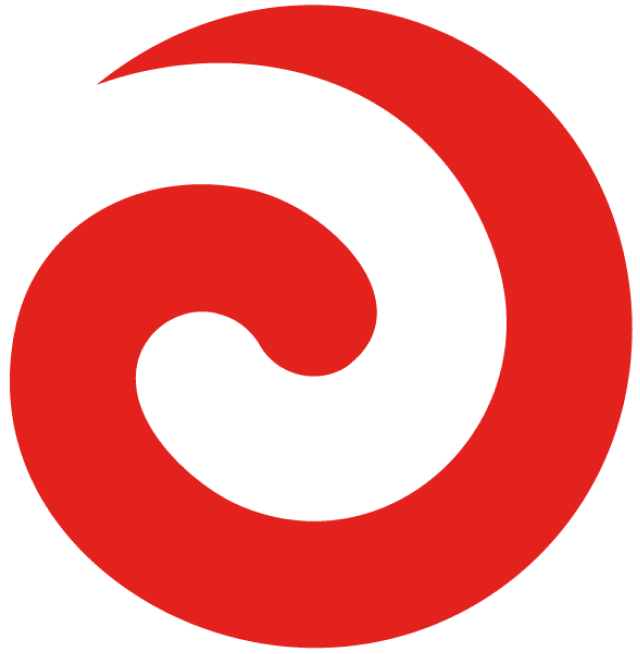This article was first published on RNZ.
Over the past year a group of tā moko artists have studied over 200 toi moko, or Māori ancestral heads at Te Papa with the hope of identifying their iwi and eventually returning them home.
For the last 20 years the Karanga Aotearoa programme has been repatriating toi moko from overseas museums and universities and while western records are scarce the markings themselves reveal another layer of knowledge.
The collective, Te Uhi a Mataora, put some of what they have learned from the toi moko into practice at Te Mātātuhi, a three day event where the public got the chance to view moko kanohi or facial tattooing in action.
Sir Derek Lardelli is the chair of Te Uhi ā Mataora, he led the research into toi moko and said despite the dark history surrounding them it was a visual reminder of where tā moko should be going.
“What we are learning from the patterns and from the processes that were undertaken by our old people to preserve the identity of those ancestors, it becomes an important part of who we are. Yes it was a dark part of our history but it also had a lot of light on it.”

Lardelli said toi moko held a critical position to grow the art form of tā moko for the benefit of Māoridom.
“That these ancestors were able to produce artwork at that level - a renaissance period which is unmatched as far as I’m concerned. So what we learn from them, we learn from them that we have a lot to learn and we have a long way to go.
“We may have the most modern technology in terms of machinery but when you look at what they were using, some of the line work that we’re seeing on some of these masterpieces we’ll be scratching to do with an electric needle.”
Tāmoko was a visual communicator of who Māori people are, who they were, and who they would be tomorrow, he said.
“It’s a visual reminder of what we should be doing. And you know when you look around what’s happening in the world today, it’s just a wonderful sense of mauri tau to see an art form that is so visually stunning.”
Te Papa Kaihautū Dr Arapata Hakiwai said the tā moko practitioners would be able to reveal knowledge about the toi moko that researchers would not be able to, even after exhausting all provenance research in archives and records.
“When you realise that we have hundreds of our ancestors held in cupboards and shelves in universities and museums, they shouldn’t be over there, we should bring them home.”
The hope was that through research we would have a far greater understanding of who these tīpuna were so they could be reconnected to their uri whakaheke, their descendants, he said.
“One day we’ll know where our tīpuna are from and who they are.”
“Nō mātau te tino hōnore, it’s our honour to have Te Uhi a Mataora here and I say that because as we return our tīpuna that we know have been scattered through the world in museums and universities we bring them back, and an important part in the research and the reconnection process is trying to find out who our tīpuna are and where they’re from.”

Ringawhao (moko practitioner) Joni Brooking has been tattooing for two decades but she said getting the chance to study the toi moko was a new level.
“Ninety-nine percent of the toi moko have been mataora or the male facial markings and so it’s been an honour and a privilege to really dig deep into that research.”
Te Mātātuhi, which took over Te Papa’s Rongomaraeroa marae, was also a chance for the public to view the practice of tā moko up close. There was even a space for tamariki to have their faces painted with tā moko.
Usually mokopapa, or gatherings to apply moko, are only attended by the recipients family and iwi.
Brooking spoke with some tourists who felt honoured to see the moko being done.
“The [mokopapa] that we host at home are usually on our marae, so it usually is just whānau, hapū and iwi but to be able to be here and just have anybody and everybody, the general public be able to come and partake and observe has been awesome.”
Some recipients had been a bit anxious to receive their moko in such a public forum so both they and the practitioner had to do some mental preparation, she said.
“Looking around over the past two days I’ve had a chance to have a bit of downtime and go around, they’ve all been tau (settled) within themselves and just taking it in their stride.”
Te Āti Awa leader Kura Moeahu was one of the people going under the needle on Wednesday, both he and his wife were receiving touch-ups to their moko.
“Making a vast improvement of my looks hopefully,” he said.
Moeahu said he was at a mokopapa at Te Papa in 2004 and said that was epic but Te Mātātuhi was just taking it to a new level.
“How do you measure the wairua that’s been generated within this whare? How do you measure the power of whanaungatanga when whānau are sitting alongside, whether it’s their Mum, Dad, daughter, mokopuna getting done?”

Moko kanohi was not only about holding onto the past, but a message to pass on to the next generation - “ka pai mau kauae, mau mataora,” he said.
“This is about a message to our mokopuna to say ‘it is ok to wear kauae, it is ok to wear moko, Nan and Koro have got it, we got your back.’”
By Pokere Paewai of RNZ.


